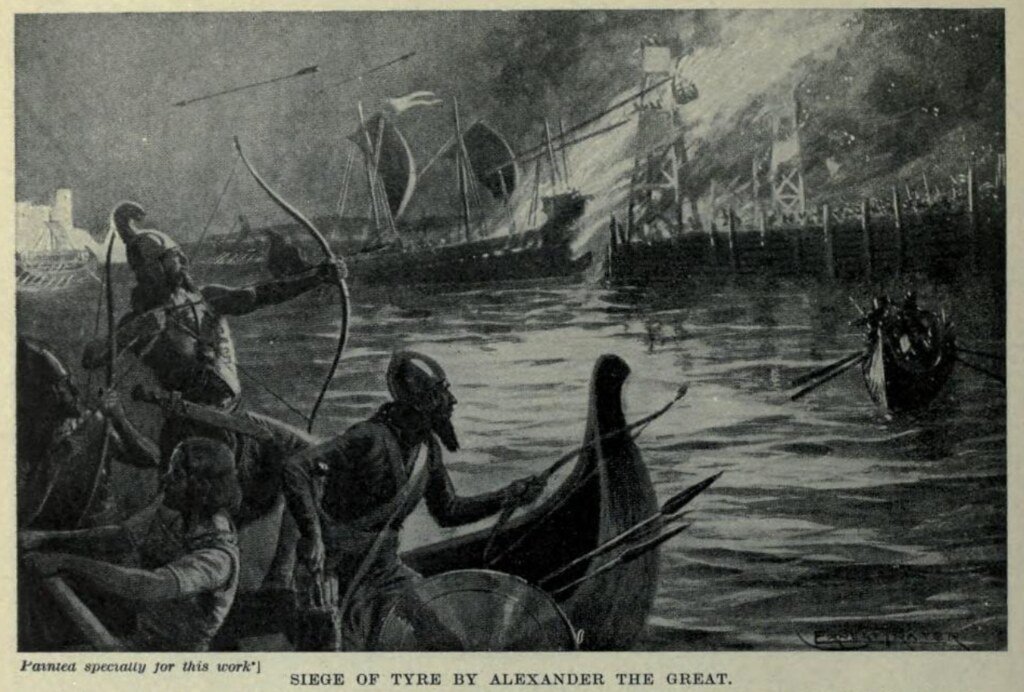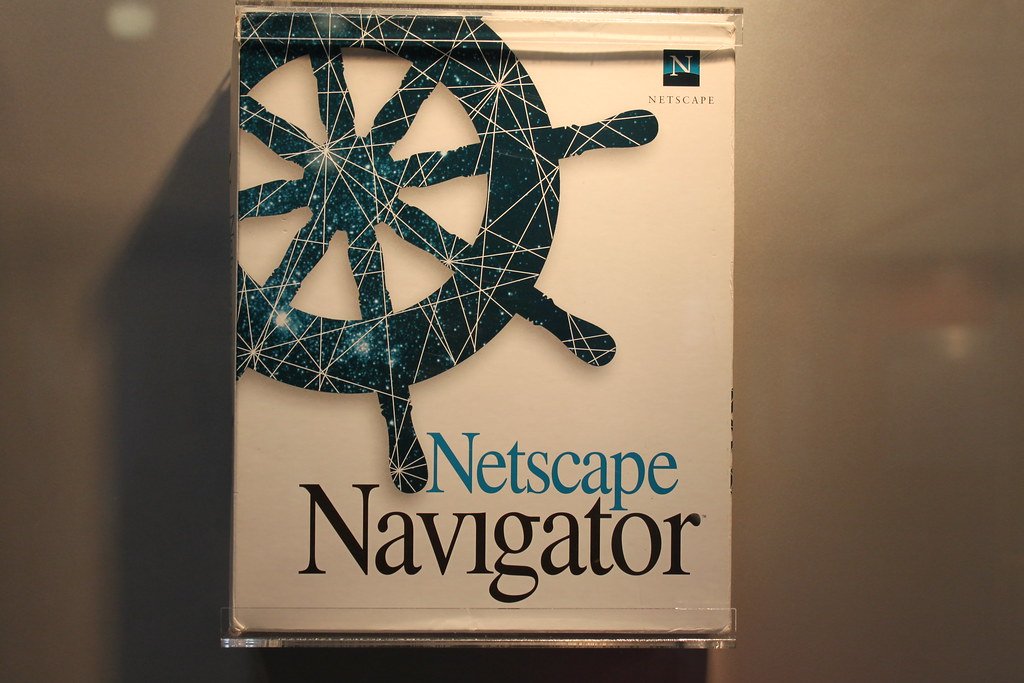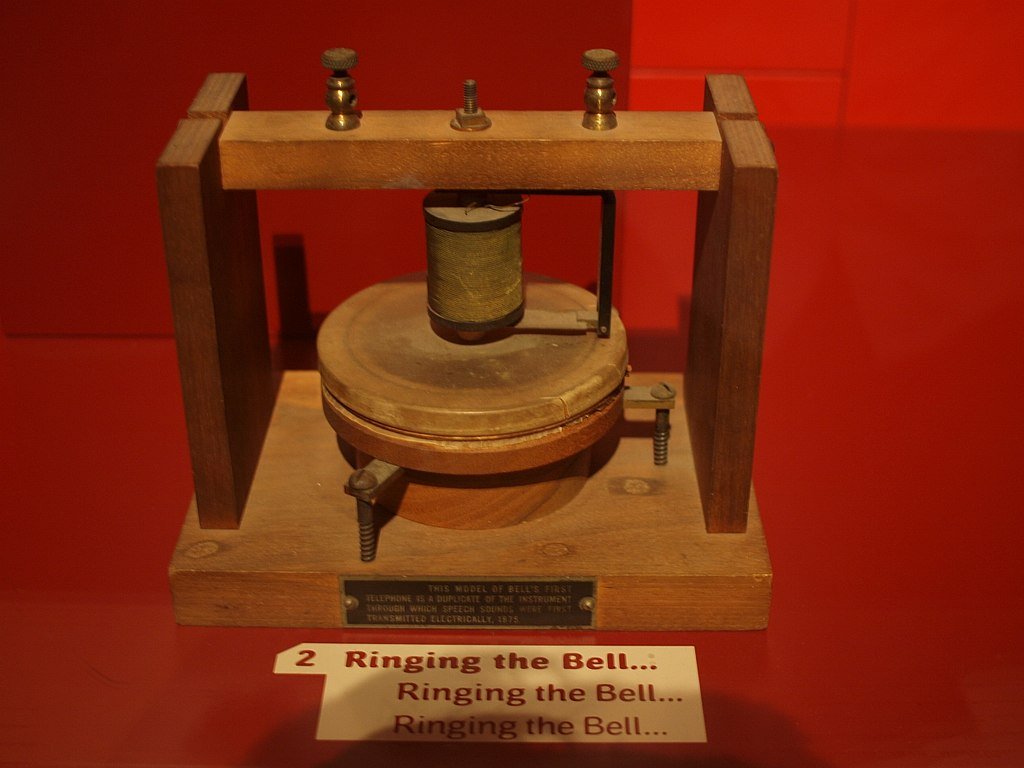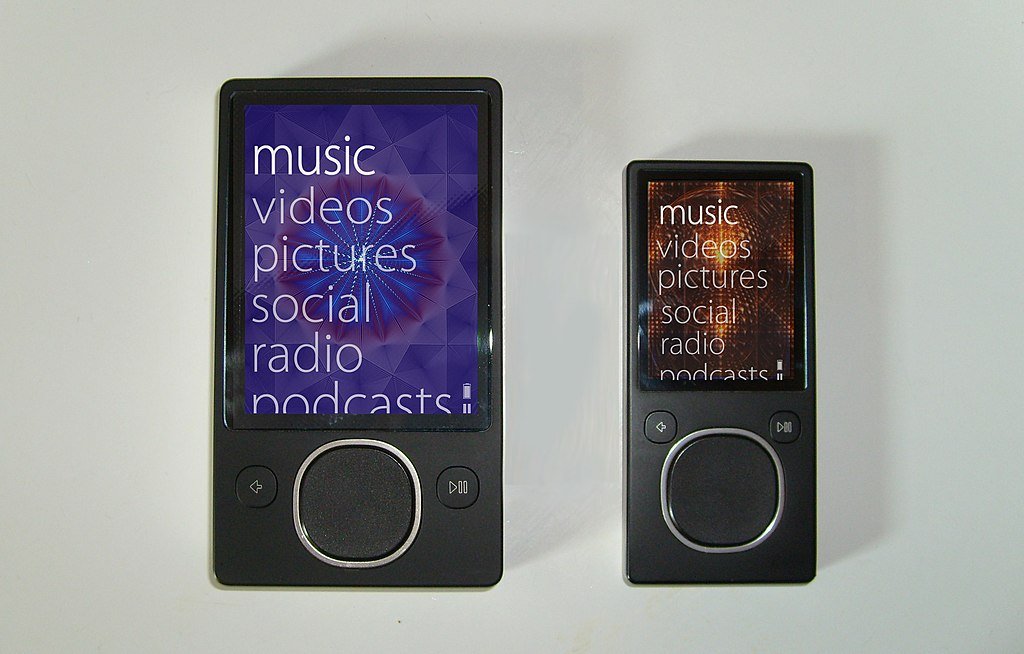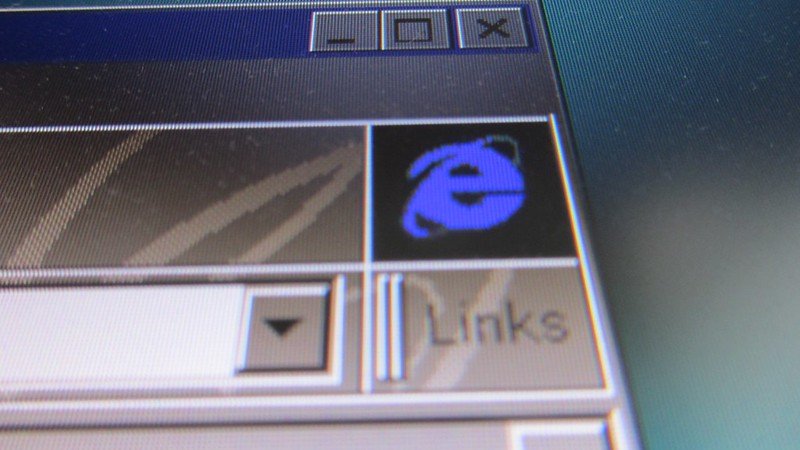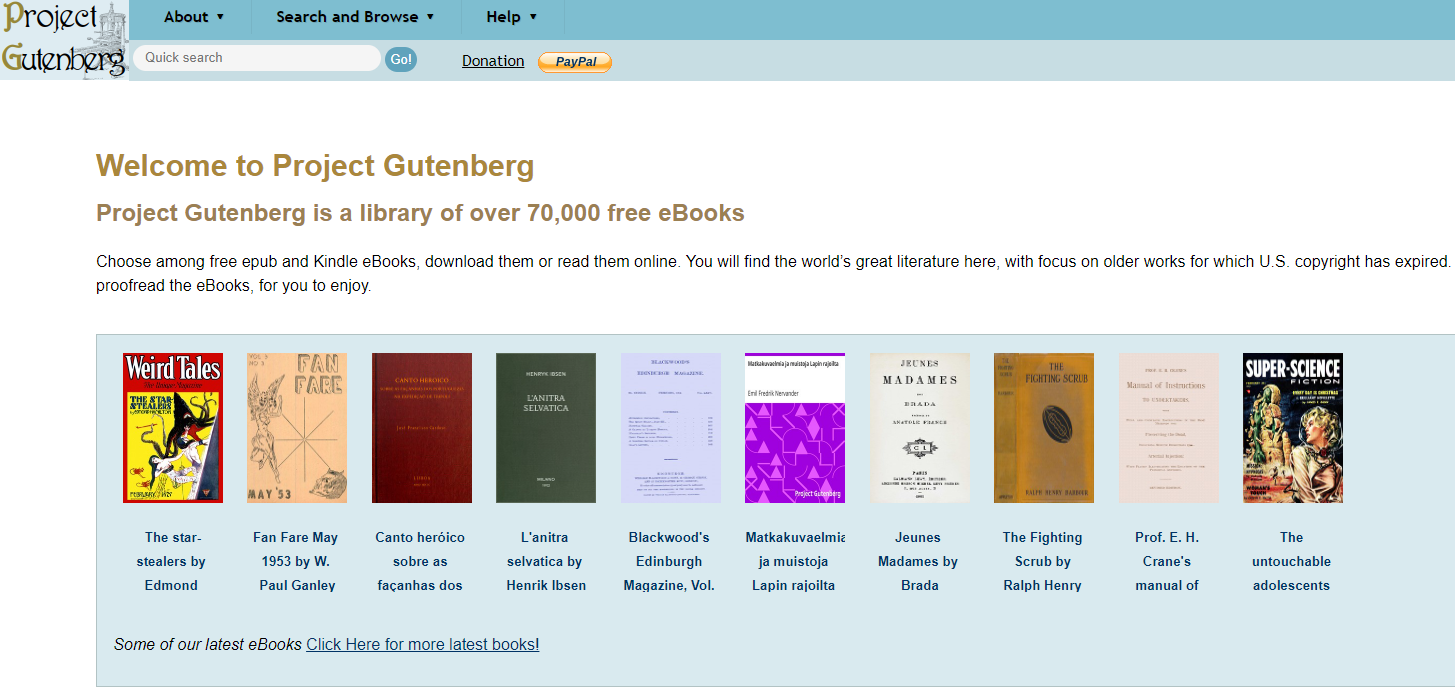In the early days of the internet, CompuServe MicroNET emerged as a trailblazer, offering one of the first commercially available online services. This groundbreaking platform played a critical role in shaping the digital landscape, setting the stage for many of the online services we take for granted today. Below, we explore its impact and legacy, examining its uses, evolution, and lasting influence on both technology and culture.
Table of Contents
The Rise and Evolution of CompuServe MicroNET
CompuServe was established in 1969 as a subsidiary of Golden United Life Insurance, initially focused on providing in-house computer processing services. However, it wasn’t until 1979, with the introduction of MicroNET, that CompuServe began to revolutionize the online world. MicroNET allowed users to connect to its network using personal computers, a novel concept at a time when personal computing was still in its infancy.
MicroNET pioneered a wide array of services. Users could access real-time stock quotes, weather updates, airline schedules, and even play online games. But perhaps one of its most significant contributions was the introduction of electronic mail (email), which offered a new, faster means of communication compared to traditional postal services.
What Was CompuServe Used For?
CompuServe MicroNET was primarily used to connect individuals and businesses to a variety of online resources and services. Through MicroNET, users could engage in online forums and communities that facilitated discussions on a multitude of topics. The platform’s email services revolutionized electronic communication, while its information databases provided access to news, business information, and more. Additionally, MicroNET supported file transfers, enabling users to exchange documents and data efficiently—capabilities that were ahead of their time and laid the groundwork for the digital communication tools we use today.
Impact on the Internet and Online Communities

CompuServe MicroNET was a pioneer in fostering online communities. Its forums and discussion boards were some of the earliest platforms for social interaction on the internet. These forums allowed users to exchange ideas, solve problems, and build communities around shared interests, making CompuServe an early precursor to modern social media.
The platform also attracted professionals and businesses, creating a collaborative space where they could share information and resources. For many users, CompuServe was their first experience with online networking, and it played a crucial role in popularizing the concept of digital communities.
One of CompuServe’s most enduring contributions to the online world was the introduction of the GIF (Graphics Interchange Format) in 1987. This image format became widely popular and remains a staple of online communication, particularly animated images shared across social media and websites.
The Decline of CompuServe
Despite its pioneering role in the early days of online services, CompuServe eventually faced significant challenges as the internet landscape evolved. The decline of CompuServe can be attributed to several key factors:
Emergence of Web Browsers
In the early 1990s, the advent of web browsers like Netscape Navigator revolutionized internet usage. These browsers provided a graphical interface that was far more intuitive and visually appealing than CompuServe’s text-based system. Users could now easily navigate websites rich in multimedia content, including images, videos, and interactive elements. In contrast, CompuServe’s reliance on a command-line interface made it seem outdated and cumbersome.
Rise of the World Wide Web
The expansion of the World Wide Web marked a significant shift in how people accessed and interacted with information online. The web offered a vast, interconnected space where users could explore, share content, and engage in activities that CompuServe’s platform could not support. This shift in user expectations left CompuServe struggling to keep up with the rapidly changing digital environment.
Increased Competition
As the internet grew, CompuServe faced stiff competition from newer platforms like America Online (AOL). AOL, with its easy-to-use interface and access to the broader web, attracted a large user base. It bundled services such as email, chat rooms, and web browsing into a seamless graphical environment, offering a more attractive package than CompuServe’s older, text-based system. This competition further eroded CompuServe’s market share and contributed to its decline.
Changing User Expectations
By the mid-1990s, internet users were no longer content with simple text-based interactions. They wanted more dynamic and visually engaging online experiences, which were readily available on newer platforms. CompuServe’s inability to adapt quickly to these changing expectations led to a gradual migration of its user base to more modern services, leaving CompuServe behind.
Does CompuServe Still Exist?
CompuServe, once a pioneering force in the world of online services, has undergone profound transformations since its early days. The company that introduced countless users to the possibilities of the internet has long since evolved, with its original service model becoming obsolete as the internet expanded. Over time, CompuServe’s services were gradually absorbed by other digital platforms, most notably after its acquisition by America Online(AOL) in 1998. This shift marked the end of CompuServe as a standalone entity, as its offerings were integrated into AOL’s broader suite of services, leading to the gradual phase-out of its independent operations.
Despite no longer operating in its original capacity, the CompuServe name still carries a legacy that persists in various forms. Some aspects of its early services, such as archived forums and content, continue to exist, preserved by dedicated communities and digital historians. However, CompuServe is no longer an independent online service provider and functions more as a historical footnote in the evolution of the internet. Its influence can still be felt in the foundational concepts it introduced. Still, as a brand, CompuServe has faded mainly from the digital landscape, leaving behind a rich history of innovation in the early days of online connectivity.
The Legacy of CompuServe MicroNET
Though CompuServe MicroNET is no longer operational, its legacy has left an indelible mark on the digital world. Here are some critical aspects of its enduring influence:
Pioneering Online Communities
CompuServe was among the first platforms to create online communities through its forums. These forums allowed users to connect and discuss a wide range of topics, laying the groundwork for modern social media platforms like Facebook, Twitter, and Reddit. The sense of virtual community that CompuServe fostered was a precursor to the connected world we experience today.
Foundation of Digital Communication
CompuServe’s email service was one of the earliest widespread digital communication tools. It enabled users to exchange messages electronically, setting the stage for the email systems that have become essential to modern communication. This early adoption of email helped to establish it as a primary means of communication in both personal and professional settings.
Centralized Access to Services
CompuServe introduced the concept of accessing a variety of services through a single online platform. This centralized model allowed users to access email, forums, information databases, and more from one place. This idea of a one-stop platform has been a guiding principle for many of today’s internet giants, like Google and Amazon, which offer a wide array of services through unified platforms.
Influence on Modern Internet Structure

CompuServe’s innovations heavily influence the structure and functionality of today’s online services. The way we access information, communicate, and engage with online content today can be traced back to the groundwork laid by CompuServe. Its early adoption of content delivery networks, cloud computing concepts, and centralized data access has shaped the evolution of Internet technologies.
Enduring Legacy
CompuServe’s legacy is evident in the foundational concepts that continue to shape the digital world. CompuServe pioneered the principles of online community building, centralized service access, and digital communication, which are still relevant and have been expanded upon in today’s internet infrastructure. Its impact is a testament to the power of early innovation in shaping the future of technology.
CompuServe’s Role in Business and Commerce
CompuServe also played a significant role in the business world. By providing real-time access to stock quotes, financial news, and business information, it became an essential tool for professionals in the finance and business sectors. The platform’s email service allowed businesses to communicate quickly and efficiently, paving the way for the modern business communication tools we use today.
Moreover, CompuServe’s file transfer capabilities enabled the exchange of documents and data between businesses, marking one of the earliest forms of online collaboration. This set the stage for the development of modern cloud-based services and collaborative platforms.
Is CompuServe Still Running?
The CompuServe service itself is now running in a different form than many users may remember. Over the years, the company transitioned through various phases, eventually being acquired by America Online(AOL) in 1998. As a result, CompuServe’s services were integrated into AOL’s offerings, and the CompuServe brand has since faded from the forefront of digital services. While the CompuServe name persists in some capacity, its original service model and platform have long since ceased operations.
The Cultural Impact of CompuServe
CompuServe’s influence extended far beyond its technological advancements, leaving a lasting cultural impact that shaped how we interact online. Here are some critical aspects of its cultural contributions:
Creation of Online Communities
CompuServe was a pioneer in creating virtual spaces where people could gather, communicate, and share their interests. These early online forums were among the first instances of digital communities where users could engage in discussions on topics ranging from hobbies to professional interests. This concept of community building was revolutionary at the time and served as a precursor to today’s social media networks, where millions of users connect over shared interests and form digital communities.
Democratization of Information
Before the advent of CompuServe, access to certain types of information, such as real-time news, specialized data, and digital services, was often limited to those with specific resources or connections. CompuServe played a crucial role in democratizing access to this information, allowing users from various geographical locations and backgrounds to access resources that were previously unavailable to them. By bridging this gap, CompuServe helped to break down barriers and laid the foundation for the inclusive, information-rich environment of today’s internet.
Bridging the Digital Divide
CompuServe’s platform allowed people from different parts of the world to connect and access a wealth of information that was previously out of reach. This access played a significant role in bridging the digital divide, giving individuals and businesses alike the tools and knowledge needed to participate in the digital age. The platform’s ability to bring diverse groups together in a shared online space was a significant step toward the global, interconnected society we now live in.
Foundation for the Information Age
By providing a platform where users could access a wide range of information and services, CompuServe laid the groundwork for the information age. CompuServe pioneered the concept of an online hub where knowledge, communication, and services converge and continue to be a central tenet of the modern internet. Its impact on how we consume and interact with information is still evident in the way digital platforms are structured today.
CompuServe’s cultural impact is a testament to its role as a trailblazer in the digital realm, influencing not just how we use technology, but how we connect, share, and learn in an increasingly digital world.
The End of an Era: CompuServe’s Final Days
As the digital landscape continued to evolve rapidly, CompuServe struggled to maintain its relevance. The rise of new technologies and platforms significantly impacted its once-dominant position in the online services market.
Challenges in Adapting to the Web
In the 1990s, the rapid rise of the World Wide Web introduced a new era of online experiences characterized by user-friendly graphical interfaces and seamless navigation. CompuServe, which had been a pioneer with its text-based system, needed help to adapt to these changes. While CompuServe made efforts to modernize its platform, including introducing graphical elements, it found it increasingly difficult to compete with emerging internet service providers (ISPs) and web-based platforms that offered richer, more engaging multimedia experiences. The shift from text to graphics marked a significant change in user expectations, and CompuServe’s inability to fully embrace this transformation led to a decline in its user base.
Acquisition and Decline

The acquisition of CompuServe by AOL(America Online) in 1998 was a critical moment in the company’s history, marking the beginning of its decline. Although AOL integrated some of CompuServe’s services into its offerings, the distinct identity and pioneering spirit of CompuServe began to fade. Over time, as AOL continued to expand its influence, CompuServe’s presence in the market diminished, and its once-revolutionary platform became increasingly obsolete. By the early 2000s, CompuServe had largely disappeared from the public eye, its legacy overshadowed by the rapid evolution of the internet. Despite this decline, CompuServe’s contributions to the early days of online services remain an essential chapter in the history of digital communication and connectivity.
CompuServe’s Influence on Modern Technology
Though CompuServe MicroNET is now a part of digital history, its impact on modern technology is profound and far-reaching. Many of the pioneering concepts introduced by CompuServe have evolved into essential features of today’s internet.
Evolution of Online Forums
CompuServe’s early online forums were among the first to facilitate discussions and community building in a digital space. These forums laid the groundwork for the development of today’s social media platforms, where users interact, share, and connect over various topics. The transition from text-based forums to interactive social networks highlights how CompuServe’s innovative approach has shaped the way people communicate and engage online.
Advancements in Digital Communication and Services
CompuServe’s introduction of integrated services, such as email and file transfers, set the stage for the advanced digital communication tools we use today. The platform’s early adoption of email provided a foundation for the extensive global communication networks we rely on. Additionally, its file transfer capabilities have evolved into sophisticated cloud storage and sharing solutions, reflecting the platform’s influence on modern digital infrastructure. The idea of offering a diverse range of services through a single platform continues to be a core feature of current internet service providers and tech giants.
The Enduring Legacy of CompuServe MicroNET
CompuServe MicroNET may no longer be a household name, but its contributions to the development of online services remain significant. As a trailblazer in the digital age, CompuServe introduced services and concepts that were ahead of their time, laying the groundwork for the modern internet. Its pioneering efforts in online communication, innovative business practices, and cultural impact helped shape the digital landscape we navigate today.
Foundational Role in Internet Services
CompuServe MicroNET was instrumental in laying the foundation for many internet services we rely on today. Its early adoption of online forums, email, and file transfers paved the way for the sophisticated communication tools and integrated services we now take for granted. The platform’s approach to providing a range of services through a single interface sets a precedent for current internet service providers and tech giants.
Continued Influence on Digital Communication
Although CompuServe MicroNET has faded from the public eye, its legacy endures through the continued evolution of digital communication and community building. The concepts pioneered by CompuServe, such as online forums and email, have evolved into the social media networks and global communication systems that dominate today’s digital world. CompuServe’s impact on how we connect, share information, and conduct business is a testament to its role in the early days of the internet and its lasting influence on the digital revolution.
CompuServe MicroNET, while no longer a dominant force, remains a foundational pillar in the history of online services. Its innovative features, from pioneering online forums to early email systems, set the stage for the digital communication tools and social media platforms we use today. Though overshadowed by newer technologies and eventually absorbed into America Online(AOL), CompuServe’s impact endures in the infrastructure of the modern internet. Its legacy is a testament to the transformative power of early digital pioneers, whose contributions continue to shape how we connect, communicate, and share information in an increasingly interconnected world.

